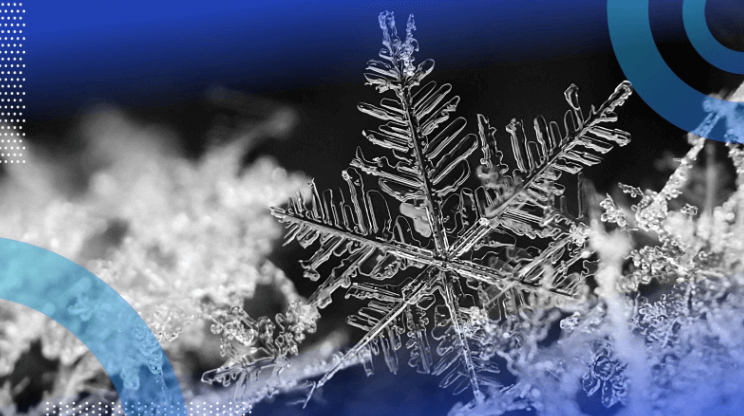clipart:5cxcar4yoms= snowflake

clipart:5cxcar4yoms= snowflake are intricate formations of ice crystals that descend from the atmosphere as snow. Each snowflake is a unique creation, highlighting the natural artistry found in winter. These delicate structures play a key role in the water cycle and are widely recognized as symbols of winter’s beauty.
The Historical Study of Snowflakes
The fascination with snowflakes dates back many centuries. Pioneering work by scientists like Wilson Bentley, who famously photographed snowflakes in the late 1800s, laid the groundwork for our understanding of their complexity and distinctiveness.
How Snowflakes Form
Snowflakes begin to form when water vapor in the clouds freezes into tiny ice crystals. The exact shape of a snowflake is determined by atmospheric conditions such as temperature and humidity, resulting in the variety of patterns that are observed.
Different Types of Snowflakes
Snowflakes are classified into several types, including dendrites, plates, and columns. Each type features unique characteristics, with no two snowflakes being identical due to the ever-changing environmental factors they encounter during formation.
Snowflakes in Cultural Context
In various cultures, snowflakes represent purity and individuality. They are often featured in art, literature, and holiday traditions, symbolizing the ephemeral beauty of winter.

The Scientific Importance of Snowflakes
Snowflakes are not just beautiful; they are also crucial to meteorology and climate research. Studying snowflake formation helps scientists gain insights into weather patterns and the broader impact of climate change on precipitation.
Snowflakes as Artistic Inspiration
The intricate design of snowflakes has long inspired artists across different mediums. From visual art to jewelry design, snowflakes are celebrated for their symmetrical beauty and delicate form.
Read Also clipart:_uexxcvpibu= school
The Mathematics Behind Snowflakes
Snowflakes exhibit intriguing mathematical properties, such as symmetry and fractal patterns. Their geometric complexity makes them a subject of interest in mathematical research, highlighting the precision of natural processes.
Technological Advances in Snowflake Study
Modern technology, including advanced imaging techniques, has revolutionized the study of snowflakes. These tools enable scientists to explore their structures in greater detail, deepening our understanding of how they form.
Snowflakes in Literature
In literature, snowflakes often symbolize themes of transience and individuality. They are frequently used in poetry and prose to evoke the essence of winter and the fleeting nature of life.
Symbolic Meanings of Snowflakes
Snowflakes are commonly associated with purity, uniqueness, and the transient nature of existence. Their brief and delicate presence serves as a reminder of the beauty and impermanence of life.
Crafting with Snowflakes
Creating snowflake crafts and decorations is a popular winter activity. These projects allow for creativity and bring the beauty of snowflakes indoors, adding a festive and seasonal touch to homes.
Interesting Facts About Snowflakes
Snowflakes are truly fascinating; each one can contain up to 200 individual ice crystals. The largest snowflake on record was said to be 15 inches wide, showcasing the extraordinary wonders of nature.
Frequently Asked Questions About Snowflakes
What determines the shape of a snowflake?
The shape of a snowflake is influenced by the temperature and humidity conditions it encounters as it forms.
Are all snowflakes unique?
Yes, due to the varying atmospheric conditions each snowflake experiences, no two are exactly alike.
How do snowflakes form?
Snowflakes form when water vapor in the atmosphere freezes into ice crystals, which then combine to create a snowflake.
Why are snowflakes important in climate research?
Snowflakes help scientists understand weather patterns and the potential impacts of climate change on global precipitation.
What is the largest snowflake ever recorded?
The largest recorded snowflake was reportedly 15 inches in diameter, found in Fort Keogh, Montana, in 1887.
Conclusion
clipart:5cxcar4yoms= snowflake are a natural marvel, embodying complexity, beauty, and the enchanting qualities of winter. Their intricate patterns and symbolic significance enhance our appreciation of the natural world. From scientific exploration to cultural symbolism, snowflakes continue to captivate and inspire people around the world.





